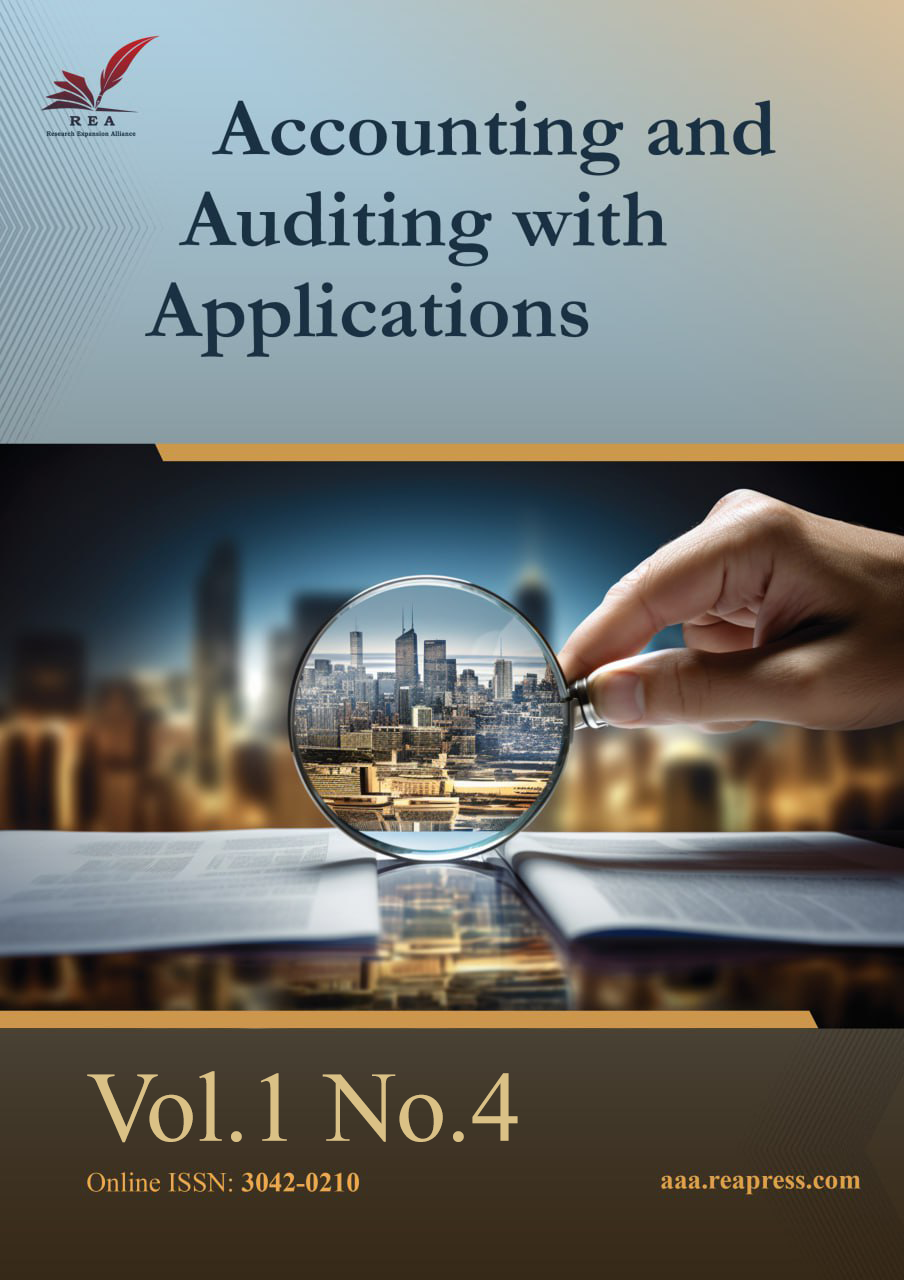Cloud-Edge Architecture for IoT in Smart Building Automation
Abstract
Incorporating Internet of Things (IoT) technologies into smart building automation brings forth challenges related to data processing, latency, and security. This study investigates a cloud-edge architecture aimed at mitigating these concerns by improving data management and facilitating real-time decision-making. The approach utilizes a layered methodology comprising IoT devices for gathering data, edge computing nodes for local data processing, and cloud services for comprehensive storage and analysis. Various case studies are analyzed to demonstrate the application of this architecture in different smart building scenarios, showing marked enhancements in energy efficiency, occupant comfort, and reductions in operational costs. The findings reveal that processing data locally at the edge minimizes latency and bandwidth usage while strengthening security protocols. This architecture simplifies building management and establishes a foundation for future advancements in smart building technology. The conclusions for the industry suggest that embracing cloud-edge architectures can result in more sustainable and efficient building environments.
Keywords:
Cloud-Edge architecture, Internet of things, Smart buildings, Automation, Real-time processing, Energy efficiencyReferences
- [1] Poyyamozhi, M., Murugesan, B., Rajamanickam, N., Shorfuzzaman, M., & Aboelmagd, Y. (2024). IoT—a promising solution to energy management in smart buildings: A systematic review, applications, barriers, and future scope. Buildings, 14(11), 3446. http://dx.doi.org/10.3390/buildings14113446
- [2] Wu, Y. (2020). Cloud-edge orchestration for the internet-of-things: architecture and AI-powered data processing. IEEE internet of things journal, 8(16), 12792 - 12805. http://dx.doi.org/10.1109/JIOT.2020.3014845
- [3] Andriulo, F. C., Fiore, M., Mongiello, M., Traversa, E., & Zizzo, V. (2024). Edge computing and cloud computing for internet of things: A review. Informatics, 11(4), 71. https://doi.org/10.3390/informatics11040071
- [4] Reaño, C., Riera, J. V., Romero, V., Morillo, P., & Casas-Yrurzum, S. (2024). A cloud-edge computing architecture for monitoring protective equipment. Journal of cloud computing, 13, 82. https://doi.org/10.1186/s13677-024-00649-1
- [5] Mohapatra, H., & Rath, A. K. (2023). Designing of fault-tolerant models for wireless sensor network-assisted smart city applications. In intelligent technologies: concepts, applications, and future directions (pp. 25–43). Singapore: Springer Nature Singapore. https://doi.org/10.1007/978-981-99-1482-1_2
- [6] Sinopoli, J. M. (2009). Smart buildings systems for architects, owners and builders. Butterworth-heinemann. https://B2n.ir/wm8362
- [7] Wang, S. (2009). Intelligent buildings and building automation. Routledge. https://doi.org/10.4324/9780203890813
- [8] Jia, M., Komeily, A., Wang, Y., & Srinivasan, R. S. (2019). Adopting internet of things for the development of smart buildings: A review of enabling technologies and applications. Automation in construction, 101, 111–126. https://doi.org/10.1016/j.autcon.2019.01.023
- [9] Casini, M. (2016). Smart buildings: Advanced materials and nanotechnology to improve energy-efficiency and environmental performance. Woodhead Publishing. https://B2n.ir/qz3598
- [10] Mohapatra, H., Debnath, S., Rath, A. K., Landge, P. B., Gayen, S., & Kumar, R. (2020). An efficient energy saving scheme through sorting technique for wireless sensor network. International journal, 8(8), 4278–4286. https://doi.org/10.30534/ijeter/2020/38882020
- [11] George, A. S., George, A. ., & Baskar, T. (2023). Edge computing and the future of cloud computing: A survey of industry perspectives and predictions, 2(2), 19–44. http://dx.doi.org/10.5281/zenodo.8020101


